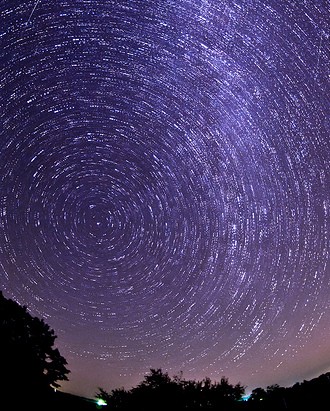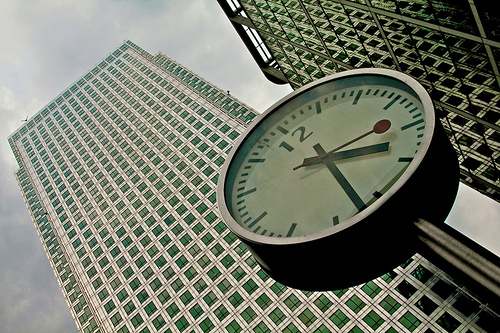Scene Structure: Scenes as Segments and Capsules of Time
For this week’s Throwback Thursday, we’re looking at excerpts from past posts on Live Write Thrive that tie in with…

For this week’s Throwback Thursday, we’re looking at excerpts from past posts on Live Write Thrive that tie in with…

“Show, don’t tell.” Novelists know this mandate. But there are many different ways to “show,” and now that we’ve spent…

Films have so many fascinating ways to alter time and perception. They can use techniques to make action slow way…

Subscribe to my email blasts to level up your writing and be notified of upcoming events and offers!
No products in the cart.